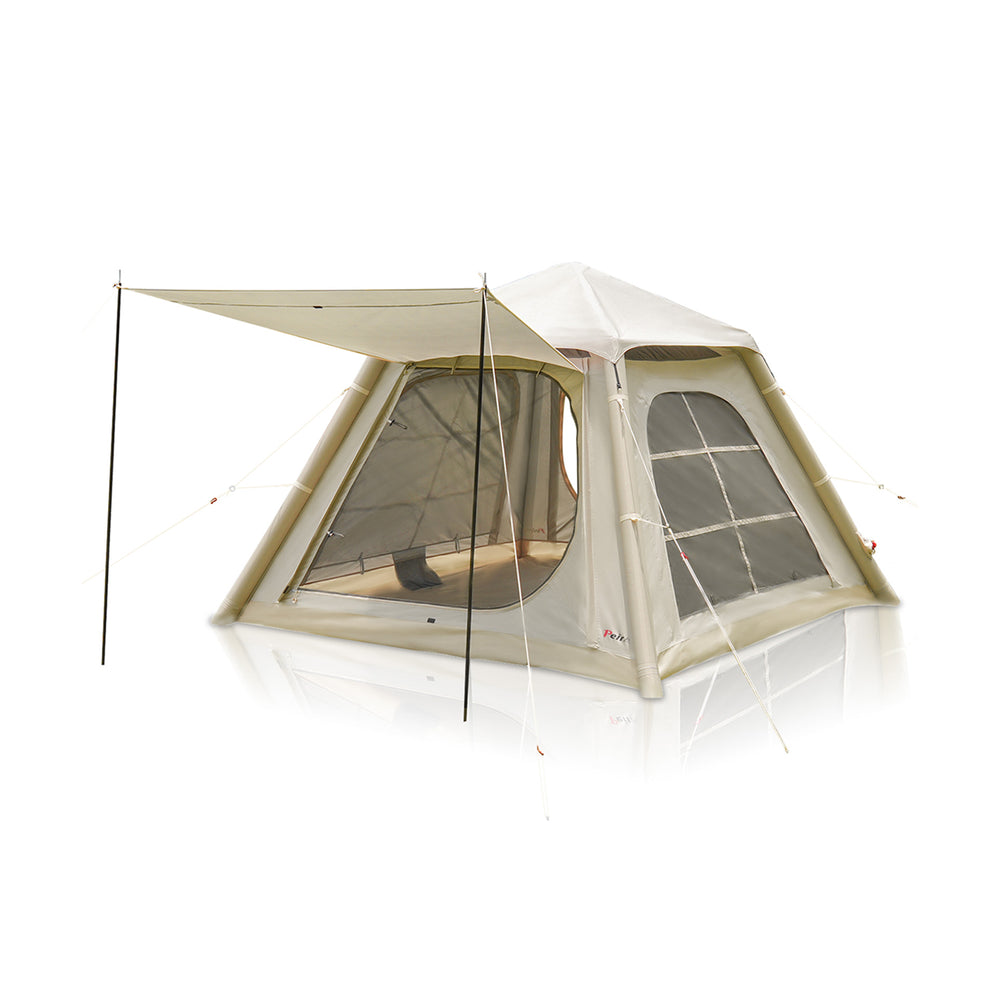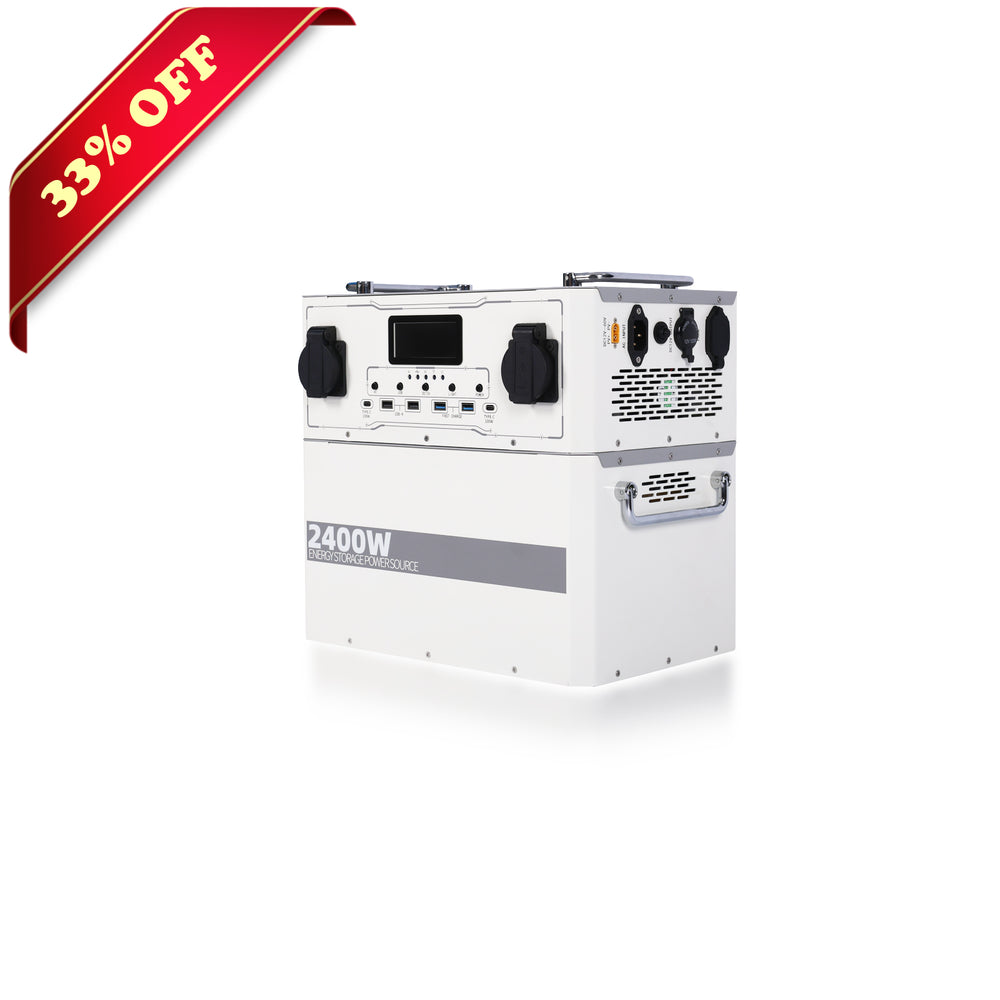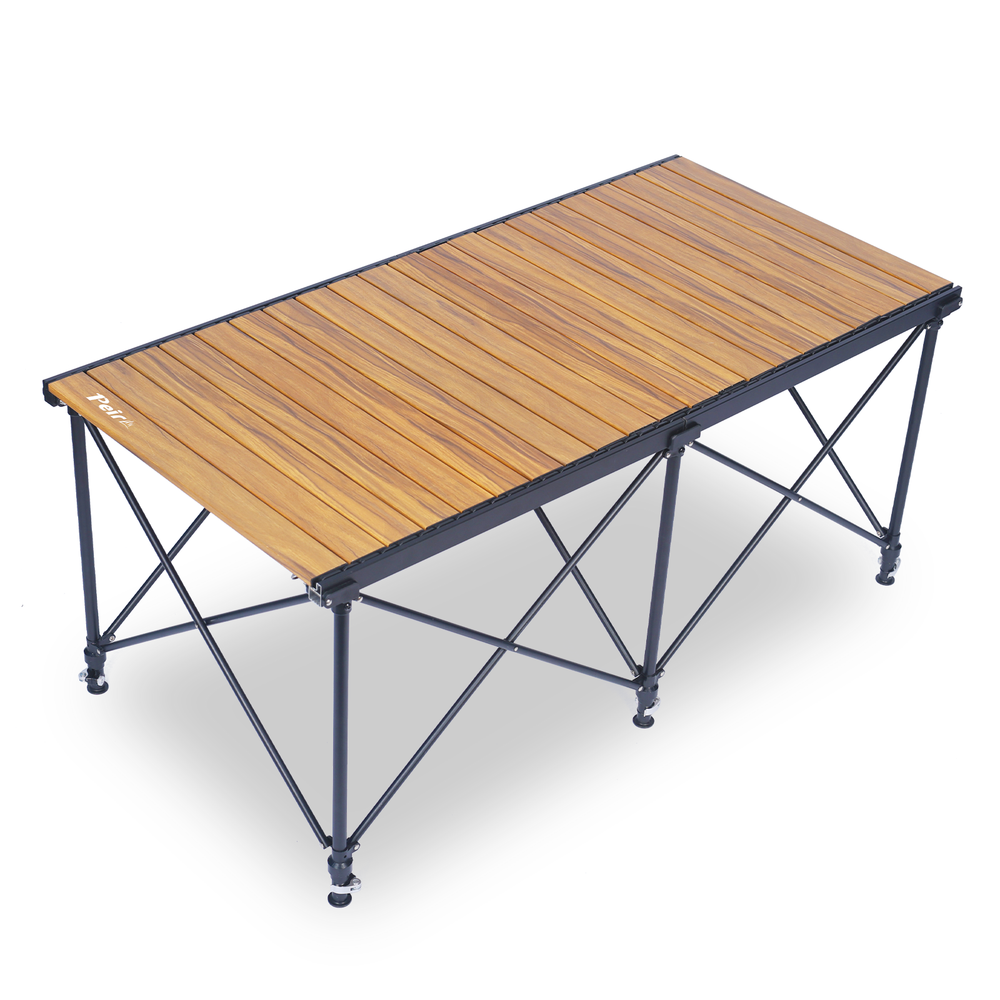The first cause of moisture in your tent is condensation. Condensation occurs when there is a change in pressure and temperature in the air and it turns into liquid form. Condensation moisture usually forms inside the tent due to two main sources: From each person's breathing (each person can exhale up to 1 litre of water per night!) and from humid temperatures outside.
We have defined 8 ways to avoid condensation moisture in your tent!
1) Ventilate
Condensation forms inside your tent because the vapor in the air has nowhere to escape. Ventilate your tent by keeping it open as much as possible – the more airflow the better! Keep the tent door and windows open, and if possible, remove the flysheet to allow air to circulate throughout the day and night.
2) Don't store wet clothing in your tent
Your wet, damp clothing and gear adds extra vapor in the air which helps condensation. Store wet clothing and gear outside or place it in a sealed bag if you can't store it outside the tent.
3) Don't sleep near water
Spots of water can often increase humidity. The more humid and the greater the temperature difference between the inside and outside of your tent, the more likely you are to get condensation inside your tent.
4) Sleeping in a larger tent
Two people sleeping in a six-person tent will not create as much humidity as two people in a two-person tent. Fewer people in a larger space reduces the amount of heat generated inside the tent and increases the amount of room for airflow.
5) Don't touch the sides of the tent
When pressure is applied to the sides of the tent, moisture and condensation that has developed on the outside can seep inside. Be careful to keep all of your gear and clothing away from the sides of the tent.
6) Never cook inside your tent
Cooking adds a lot of steam and heat inside the tent, which contributes to higher levels of condensation
7) Stay in a breezy spot
Natural breezes can help circulate airflow and maintain temperature levels. Set up your tent so that the vents or windows are aligned with the breeze.
8) Camp on firm, dry ground
Avoid camping on wet ground and areas with lots of vegetation, as this is a source of steam and can increase condensation. If you can't avoid these types of areas, lay down a tarp on the ground and put your inflatable camping tent on top.
Preventing condensation in a tent.
As condensation is a natural process it can rarely, if ever, be avoided. However, to mitigate it you can do the following:
- Ventilate – keep all vents, windows, doors open to allow air flow. This allows the warm humid air to circulate out into the atmosphere. Obviously, this also allows cooler night air into the tent so you will need to find a balance you are comfortable with.
- Pitch your tent on flat ground - so that you can be sure to make the fly sheet taught with no folds or imperfections to its shape.
- Utilise sleeping pods – sleeping pods help absorb some of the humidity in the air. In contrast you will often find single skin tents without sleeping pods are prone to much more condensation on the inside of the fly sheet than those with sleeping pods.
- Additional Ground Sheet cover – to decrease ability of ground moisture to be released into the air inside the tent.
In summary, condensation is a perfectly natural process, and nothing to be alarmed by. By taking precautions and understanding its principles you can help manage its effects to have a more comfortable camping experience. Happy camping!












 Peirhw Inflatable House Tent - Starry Night Love
Peirhw Inflatable House Tent - Starry Night Love
 Peirhw Glamping Tents - Friendship Castle
Peirhw Glamping Tents - Friendship Castle
 Peirhw Inflatable Canopy Tent - Adventurer
Peirhw Inflatable Canopy Tent - Adventurer



 Peirhw Portable Air Conditioner
Peirhw Portable Air Conditioner
 【Advance Sale】Peirhw Portable Power Station 2400W
【Advance Sale】Peirhw Portable Power Station 2400W
 【Advance Sale】Peirhw Portable Power Station 600W
【Advance Sale】Peirhw Portable Power Station 600W





 Peirhw Self Inflating Sleeping Pad
Peirhw Self Inflating Sleeping Pad
 Peirhw Air Mattress (8" Queen Type)
Peirhw Air Mattress (8" Queen Type)
 Peirhw Camping Sleeping Bag
Peirhw Camping Sleeping Bag


 Peirhw Butterfly-shaped Canopy for Camping
Peirhw Butterfly-shaped Canopy for Camping
 Peirhw Camping Waterproof Canopy (Cannot be Purchased Separately)
Peirhw Camping Waterproof Canopy (Cannot be Purchased Separately)


 Peirhw Outdoor Folding Chairs
Peirhw Outdoor Folding Chairs
 Peirhw Folding Camping Table
Peirhw Folding Camping Table












